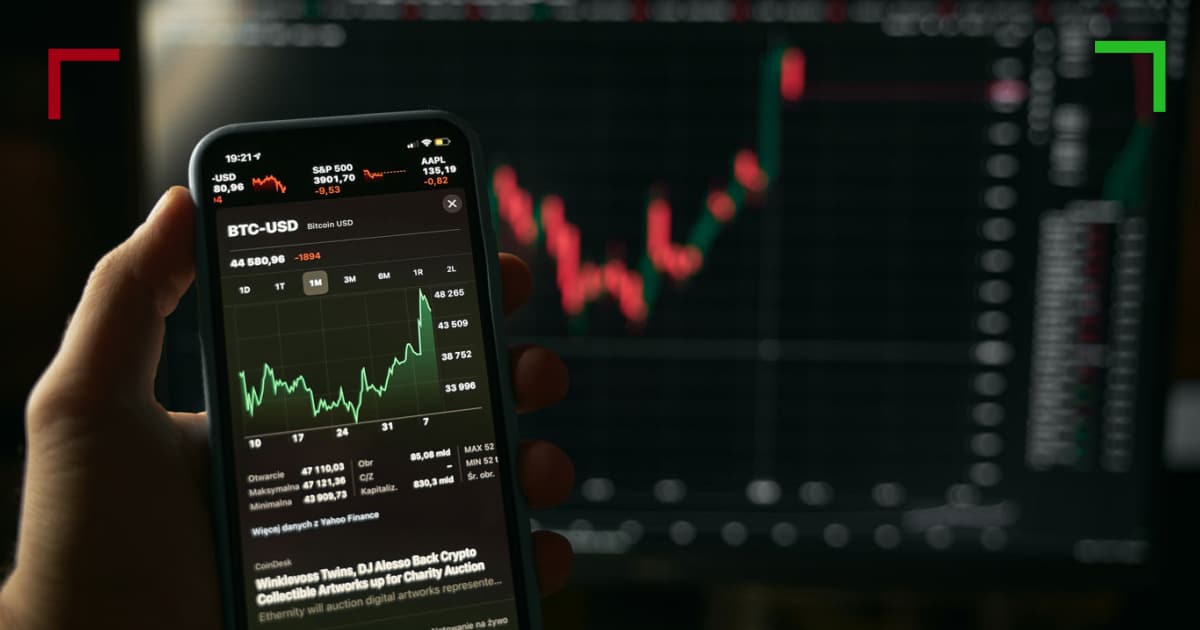Understanding Crypto Trading Models in the Modern Market

Understanding Crypto Trading Models
Cryptocurrency trading has grown exponentially in recent years, prompting traders and investors to develop various models to navigate this complex market effectively. These Crypto Trading Models https://www.stockopedia.com/content/small-cap-value-report-thu-1-mar-2018-cpr-koov-idox-ind-331793/ serve as the backbone for decision-making processes, risk management, and strategic positioning. This article delves into the most prominent trading models, their characteristics, and their practical implications in the realm of cryptocurrency.
The Basics of Crypto Trading Models
A crypto trading model is essentially a systematic approach to making trading decisions. Unlike traditional finance, where stocks often show historical patterns, cryptocurrencies can be much more volatile and influenced by different factors, including market sentiment, regulatory developments, and technological innovations. Therefore, traders often rely on specific models to make informed decisions.
Types of Crypto Trading Models
Different types of crypto trading models exist, each with its advantages and drawbacks. Here’s a breakdown of some of the most commonly used models:
1. Technical Analysis Models
Technical analysis involves analyzing price charts and trading volumes to predict future price movements. Traders use various indicators and patterns, such as:
- Moving Averages (MA)
- Relative Strength Index (RSI)
- Bollinger Bands
- Fibonacci Retracements

These indicators help traders identify trends and potential reversal points, allowing them to enter and exit positions strategically.
2. Fundamental Analysis Models
Fundamental analysis focuses on the intrinsic value of a cryptocurrency. This approach considers various factors such as the project’s team, technology, use case, and market demand. Traders often evaluate:
- Whitepapers
- Partnerships and collaborations
- Community engagement
- Tokenomics and supply schedules
Traders using fundamental analysis may be more long-term oriented, believing that a cryptocurrency’s fundamental value will eventually be realized in its price.
3. Quantitative Trading Models
Quantitative trading uses mathematical and statistical techniques to identify trading opportunities. Traders develop algorithms that analyze historical data and execute trades based on predefined conditions. These models can incorporate machine learning and AI to improve accuracy over time. Common strategies include:
- Arbitrage
- Market Making
- Mean Reversion
Quantitative models can process vast amounts of data, allowing traders to react quickly and efficiently to market changes.
4. Sentiment Analysis Models
Sentiment analysis assesses market sentiment using social media, news sentiment, and trends. Traders analyze tweets, Reddit posts, and news articles to gauge public sentiment towards specific cryptocurrencies. Tools like sentiment scoreboards and social sentiment dashboards are commonly used. This model can give traders an edge based on the emotional aspects driving market behaviors.
Integrating Multiple Models

While traders may specialize in one model, it’s beneficial to integrate multiple strategies to create a more robust trading system. For instance, a combination of technical and fundamental analysis can provide a holistic view of the market. By assessing price movements and the underlying value proposition simultaneously, traders can make more informed decisions.
The Role of Risk Management
Regardless of the trading model employed, effective risk management is crucial in the cryptocurrency market. The volatility inherent in cryptocurrencies means that substantial losses can occur if positions are not managed properly. Key risk management strategies include:
- Setting stop-loss orders to limit potential losses
- Diversifying portfolios to spread risk across various assets
- Regularly reviewing and adjusting strategies based on performance
By implementing robust risk management practices, traders can protect their capital while navigating the unpredictable cryptocurrency landscape.
Future Trends in Crypto Trading Models
The crypto trading landscape is continually evolving, driven by technology advancements and market dynamics. Some emerging trends include:
- Increased use of AI and machine learning in developing predictive models
- A rise in decentralized trading platforms that incorporate automated trading strategies
- Integration of blockchain technology for transparent and secure transactions
As these trends develop, traders must adapt their strategies accordingly, embracing new tools and models to stay competitive in the market.
Conclusion
Understanding and utilizing various crypto trading models can significantly enhance a trader’s decision-making process in the volatile cryptocurrency market. From technical and fundamental analysis to quantitative approaches and sentiment analysis, each model offers unique insights and strategies. By integrating these models and maintaining a strong focus on risk management, traders can navigate the complexities of cryptocurrency trading more effectively and capitalize on new opportunities as they arise.
With the dynamic nature of the crypto market, continual learning and adaptation are essential. Traders who stay informed and leverage a diversified set of models will likely thrive in this exciting and rapidly changing environment.
